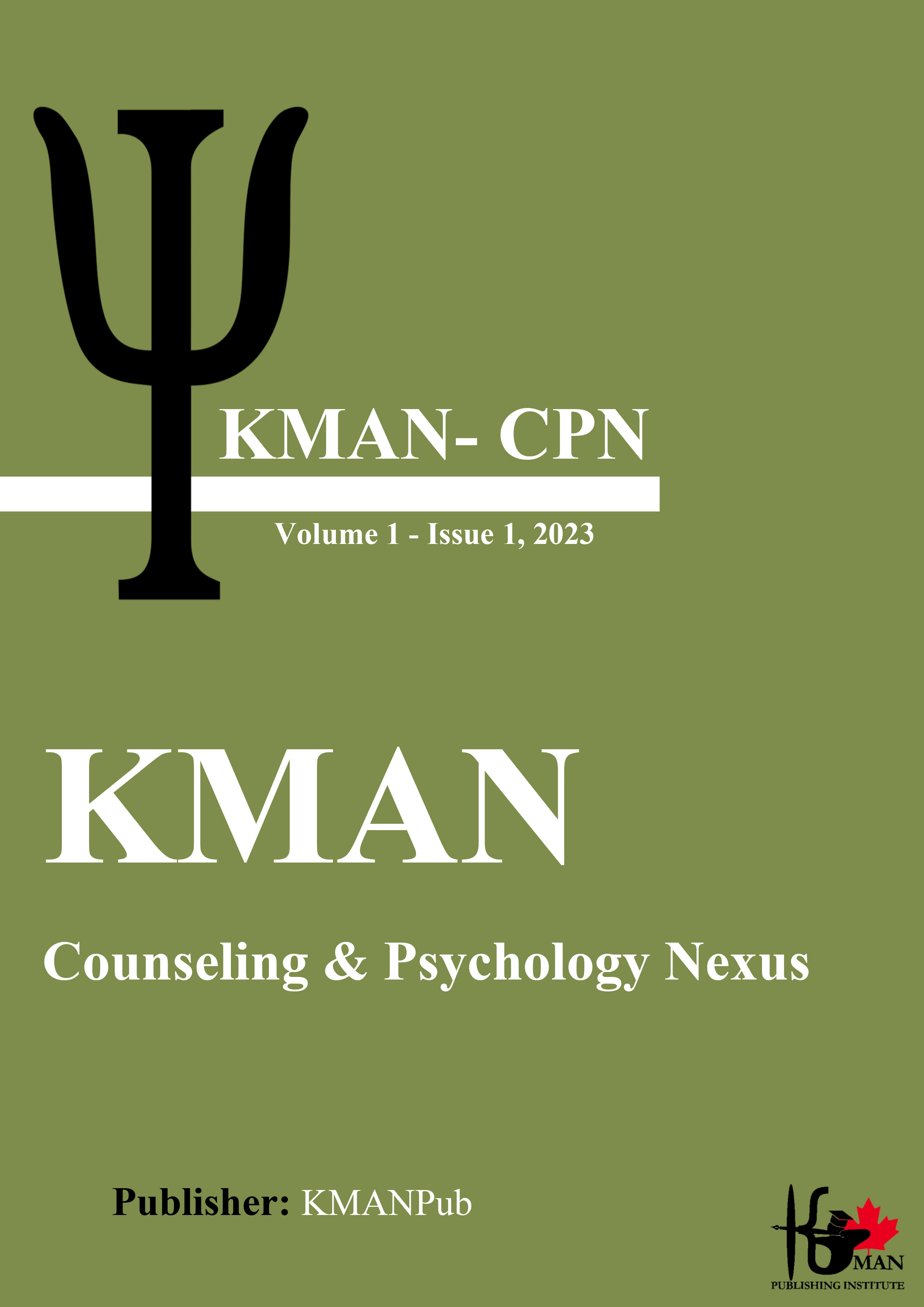The Impact of Modern Technologies and Physical Exercises on Motor Control, Balance, and Quality of Life in Older Adults
Keywords:
Aging, motor control, balance, quality of life, physical exercise, wearable devices, virtual reality, robotic-assisted systems, artificial intelligence, healthy agingAbstract
To explore the impact of modern technologies and physical exercises on motor control, balance, and quality of life in older adults through a narrative review with a descriptive analysis approach. This narrative review synthesizes evidence from peer-reviewed articles published between 2019 and 2024. Relevant studies were identified through comprehensive searches in databases such as PubMed, Scopus, and Web of Science, focusing on interventions that leverage wearable devices, virtual reality, robotic-assisted systems, and artificial intelligence in combination with physical exercises, including strength training, balance exercises, aerobic activities, and mind-body practices. Inclusion criteria required studies to report empirical findings on motor control, balance, and quality of life in older adults, while exclusion criteria eliminated theoretical works and non-English publications. The integration of modern technologies with physical exercise demonstrates significant improvements in motor control, balance, and quality of life among older adults. Wearable devices and virtual reality platforms enhance engagement and provide real-time feedback, fostering improved adherence to physical activity regimens. Robotic-assisted systems and AI-driven tools facilitate personalized and adaptive rehabilitation programs. Strength training, balance-focused exercises, aerobic activities, and mind-body practices are highly effective in addressing physical and psychological challenges associated with aging. Synergistic effects were observed when technology was combined with physical exercise, resulting in enhanced outcomes compared to traditional methods alone. Modern technologies and physical exercises, when integrated effectively, provide comprehensive solutions for mitigating age-related declines in motor control and balance while enhancing overall quality of life. These interventions hold significant potential to support healthy aging, but challenges related to accessibility, cost, and digital literacy must be addressed to ensure broader adoption.
Downloads

Downloads
Additional Files
Published
Submitted
Revised
Accepted
License
Copyright (c) 2025 Maedeh Ahmadpour (Corresponding Author)

This work is licensed under a Creative Commons Attribution-NonCommercial 4.0 International License.







